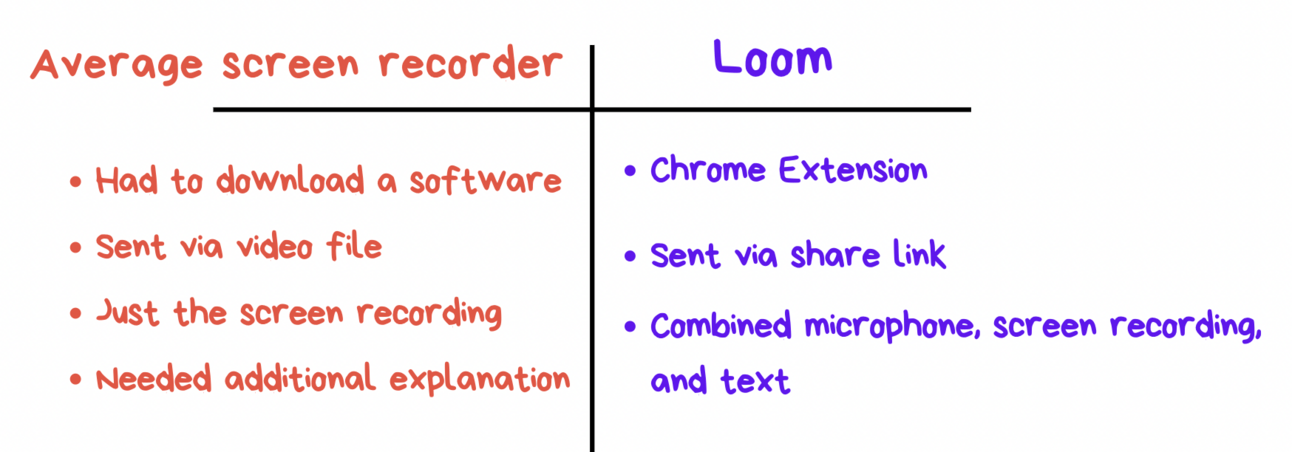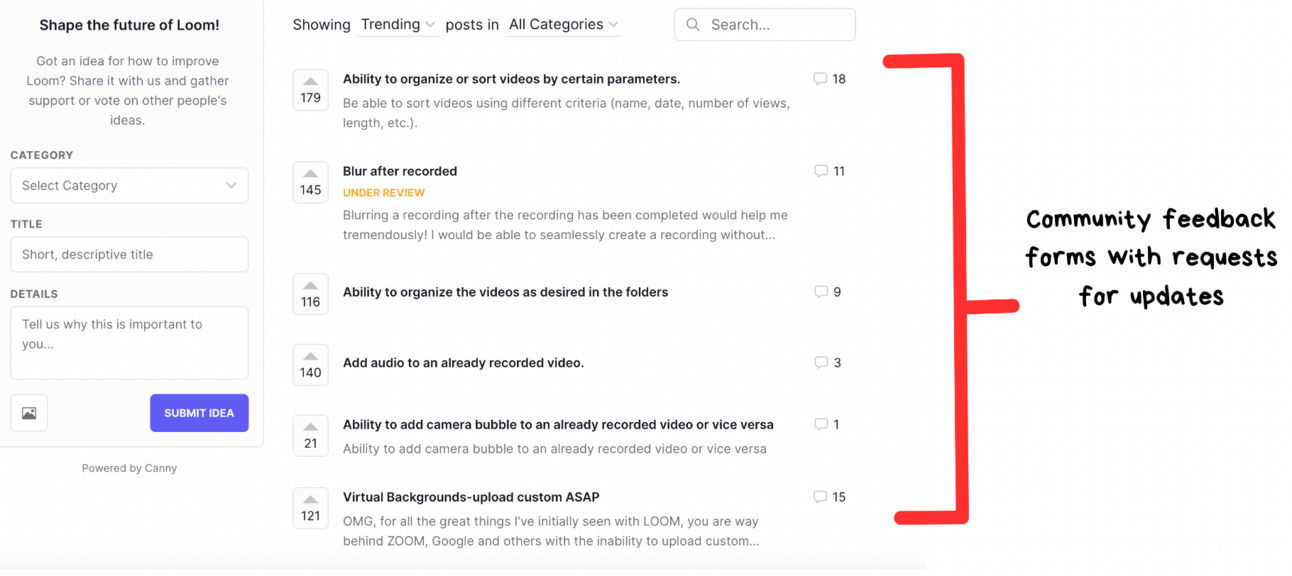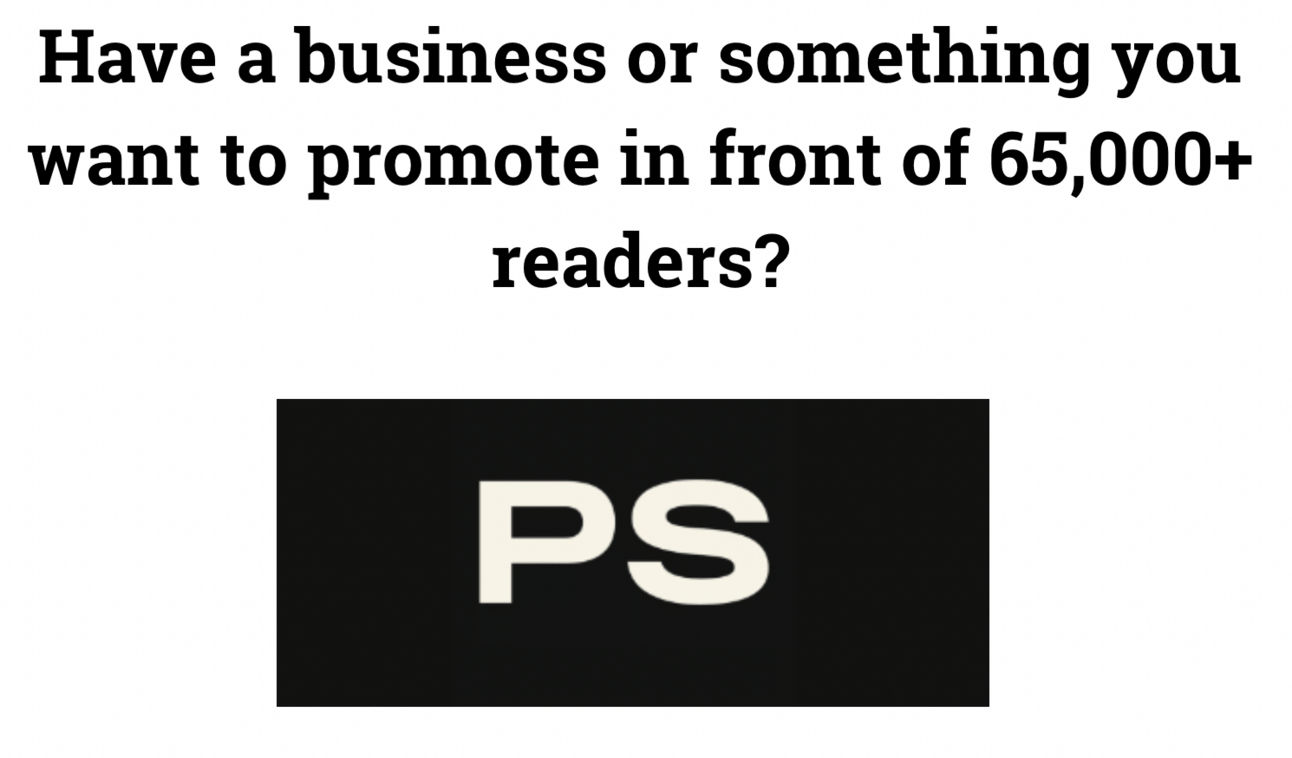🦄 How Loom Reached Unicorn Status In 6 Years
Most of us know Loom. AKA the email killer.
But what most don’t know is that when Loom started in 2015, the founders were barely able to pay off their credit cards.
Then just 6 years later they achieved what only 2.1% of companies reach in a lifetime…
Unicorn status.
Today, I’ll break down 3 strategies Loom used to go from being in the red to a $1.5 valuation in 2021.
If you have your own SAAS product or have a special place in your heart for marketing, you don’t want to miss this.
Here’s what we got for ya:
📩 Loom As A Verb
🔂 The Feedback Cycle
📈 The PLG Model
Read Time: 4 min 9 sec

📩 Loom As A Verb
In 2015, the name “Loom” did not exist. It was named “Openvids”
Simply put, OpenVids was a nobody.
It operated like your average screen recorder: You open the software, click record, and it records your screen.
Like I said, the founders had a rough start in the beginning.
They were behind on their credit cards, not able to retain users, and spending all of their profits on advertising.
2 weeks before Openvids landed in the graveyard of tech startups, the founders made 3 changes that changed their business forever:
Openvids had to die. The name “Loom” was officially born.
Loom became multi-modal. They now offered transcription, screen recording, and video combined into one.
Niched down. Loom chose to specialize in workforce communication.
Up until Loom, workplace communication happened mainly via email, phone, or in person.
So not only had Loom become a new category of communication, but they were drastically different than any other screen recorder.
When people say they “sent you a Loom” or “Loom me the details” they expect something entirely different than a file of a screen recording.

Suddenly Loom had no competition, and had created a completely new form of work communication.


🔂 The Feedback Cycle
Loom had no idea if their product would be a hit or not.
But they did know one thing…
Their best angle with customers was making communication as fast and simple as possible.
They were already in a great spot by combining text, video recording, and voice-over…
But that would only get them so far.
Once they found their first few users, Loom started a feedback board where users could ask for specific features.
Then, they used the feedback to push out updates by the week.

Most of the updates were easy to implement like ‘watched video notifications’ and clip editing.
However, they spoke volumes to their users and 10xed Loom’s value almost instantaneously.
By constantly asking for feedback, Loom was able to become the perfect platform for their target audience practically overnight.

📈 The PLG Model
One thing that surprised me was Loom’s small social media presence.
Today most SAAS produced grow via free content and ads. But not Loom.
Until 2021, Loom had no major sales team and very little marketing.
So how did they get sales?
Loom uses what’s called a Product Led Growth Model. This means that Loom lets its product do the talking.
In their first few years, less than 15% of their sales came from ads. The rest came from referrals and being on the receiving end of a Loom.
Using the PLG model, Loom was able to bring in over 14 million users at 200,000 organizations.
Here’s how:
The founders posted Loom as a free Chrome extension on Product Hunt
A few users tried it and sent a Loom to their coworkers (AKA Loom’s target audience)
As Looms were sent out to more and more of their target audience, Loom spread like wildfire.
This is the dream marketing style of any SAAS product. Free leads were pouring in by the second. But this was just the beginning.
Once the founders ‘proved’ the concept of Loom, they began to turn their focus toward big businesses with thousands of employees.
Their goal? To become the leading platform for internal communication.
Loom started to push out features like Loom For Teams and Loom Video Library. Then offered the beta versions for free to big companies like Slack and LinkedIn.
Once businesses started to buy licenses for their teams, Loom’s growth skyrocketed.
Within a few months, Loom had officially hit unicorn status with a $1.5B valuation, and over 21 million users from over 350k companies.


